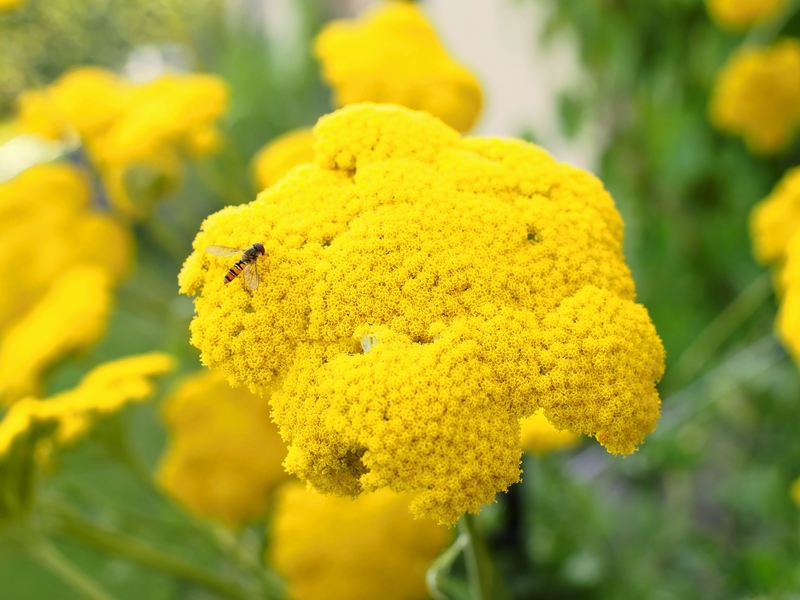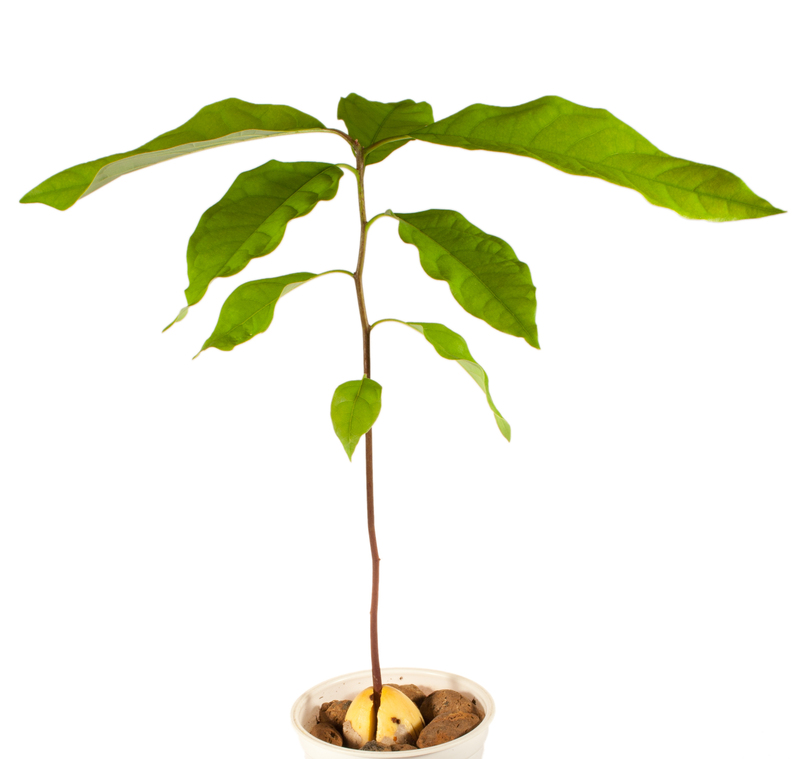Understanding the Nutrient Needs of Different Types of Plants
Posted on 18/09/2024

Plants are living organisms that rely on essential nutrients for their growth, development, and survival. These nutrients play a crucial role in the plant's metabolism, photosynthesis, and other physiological processes necessary for maintaining its health. However, not all plants have the same nutrient requirements. Different types of plants have different needs, and understanding these needs is vital for successful gardening, farming, or landscaping. In this article, we will delve deeper into the nutrient needs of different types of plants to help you cultivate a thriving garden.
Types of Plants
Before we dive into the specific nutrient requirements, let us first understand the different types of plants. Generally, plants can be divided into two main categories: flowering and non-flowering. Flowering plants are further categorized as annuals, perennials, biennials, and bulbs. Non-flowering plants include ferns, mosses, and conifers.
Understanding Nutrient Needs
Plants require three primary macronutrients - nitrogen (N), phosphorus (P), and potassium (K) - in large quantities and several micronutrients in smaller quantities for their proper growth and development.
Flowering Plants:
Annuals: Annual plants complete their life cycle within one year. They grow quickly and produce flowers throughout the season. Annuals require a good balance of NPK fertilizer to support their rapid growth.
Perennials: Perennial plants live for more than two years and go through periods of dormancy before producing flowers. These plants require a slow-release fertilizer high in nitrogen to support their early growth stages.
Biennials: Biennial plants complete their life cycle within two years. In the first year, they produce only leaves while flowers bloom in the second year. Biennials need fertilizers high in phosphorus to encourage root development during the first growing season.
Bulbs: Bulb plants store nutrients in their underground bulb structures to sustain themselves during dormancy periods. They require fertilizers with balanced NPK ratios to support their growth and flowering.
Non-flowering Plants:
Ferns: Ferns are non-flowering plants that reproduce through spores. These plants prefer a moist, well-drained soil with an acidic pH. They need fertilizers high in nitrogen and potassium to promote healthy frond growth.
Mosses: Mosses are non-vascular plants that thrive in damp environments. These plants do not have true roots, but they absorb water and nutrients through their leaves. They require minimal fertilization as too much nitrogen can cause excessive growth.
Conifers: Conifers are cone-bearing trees or shrubs with needle-like leaves. These plants prefer a slightly acidic soil with good drainage. Fertilizers high in phosphorus and potassium are crucial for the development of strong, healthy coniferous trees.
Pros and Cons
The main benefit of understanding the nutrient needs of different types of plants is the ability to provide them with the necessary nutrients for optimal growth. This will result in healthier, more robust plants that are less susceptible to diseases and pest infestations.
However, not all plant foods and fertilizers are created equal, and over-fertilization can lead to nutrient imbalances, root burn, and environmental pollution. It is crucial to choose organic, slow-release fertilizers and follow recommended application rates to avoid these issues.
Tips
1. Conduct soil tests: Before planting any type of plant, it is essential to test your soil's nutrient levels. Soil tests will help you determine which nutrients your soil lacks and how much fertilizer you need to add.
2. Use organic fertilizers: Organic fertilizers provide a slow release of nutrients to plants, reducing the risk of over-fertilizing. They also improve soil health by promoting microbial activity.
3. Follow recommended application rates: Over-fertilization can cause more harm than good to your plants. Always follow the recommended application rates on the fertilizer label and avoid applying fertilizers near the plant's stem or foliage.
Takeaways
Different types of plants have different nutrient requirements, and it is crucial to understand these needs for successful gardening. Annuals require balanced NPK fertilizers, perennials need high-nitrogen fertilizers, biennials need phosphorus-rich fertilizers, bulbs need balanced NPK ratios, while non-flowering plants prefer acidic soils with varying levels of nutrients. When using fertilizers, always follow the recommended application rates and choose organic options to promote soil health.
Conclusion
Proper nutrition is essential for plants to thrive and flourish. Understanding the nutrient needs of different types of plants is key to ensuring they get the right balance of macronutrients and micronutrients for their specific growth requirements. By following the tips and takeaways mentioned in this article, you can provide your plants with the necessary nutrients for healthy growth and reap a bountiful harvest or a flourishing garden. Remember, be mindful of over-fertilizing and choose organic options whenever possible for the benefit of both your plants and the environment.


